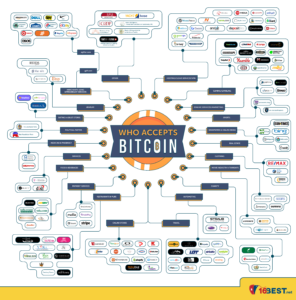AI or artificial intelligence is often regarded as the next frontier in consumer technology. Many believe that one day we will get to walk alongside AI-controlled robots in peace. That future is still decades away but at present, AI is already shaping various fields including business.
The biggest hurdle in AI has always been the limits of our technology. As we continue to develop more advancements in AI tech, the bigger the impact it has in our lives. Both big and small brands worldwide are already using what’s available for their own benefit.
AI: Friend or Foe?
AI in business has always been painted as a bad pairing as it could see the loss of countless jobs. However, AI is being integrated in companies in surprising and workforce-friendly ways.
AI isn’t a threat to human ingenuity and intelligence in the workplace. Instead, it is seen as a supporting tool that helps companies a great deal when it comes to processes that can be automated and processes that don’t require human empathy. If used properly, AI can build the foundations for the growth of companies too.
Currently speaking, AI has trouble completing tasks such as identifying what’s morally right or wrong, as well as identifying an emotion of a person depending on his facial expression. These tasks will be best handled by humans still. What’s also undeniable is the fact that AI is far more capable of processing and analyzing troves of data than humans.
People are optimistic that instead of losing jobs, the AI-driven shift will actually result in more jobs being created. One of the people with a positive outlook on AI is none other than Bill Gates.
The Microsoft CEO and founder is confident that AI will never completely take over the human workforce.
Well, certainly we can look forward to the idea that vacations will be longer at some point.’ High-value environments’ including jails, factories, courthouses or operating rooms, and transcribing the ongoing occurrences with computers that can record what’s going on.
If there are safety violations, like an employee on a construction site who’s not wearing a helmet, or inefficient use of resources, the system can be changed.
Companies will get a significant increase in productivity thanks in part to AI and automation. This results in better revenue for them, thus bigger resources for supporting more jobs in the services sector.
On part of the human workforce, they will need to advance as well. Having additional skills in software and tech management will help a great deal as they dive into AI-integrated companies.
Not only will this help them secure better high-paying jobs, but it will also help them grow alongside the emerging AI industry.
AI is often portrayed as a bane to humanity, but recent endeavors in the field have proven otherwise. While we are yet to know exactly how AI will develop in the coming years, what’s certain is that it will never replace humans.
It seems more like there will always be a place for both AI and humans in the workplace.

